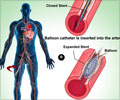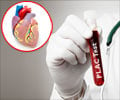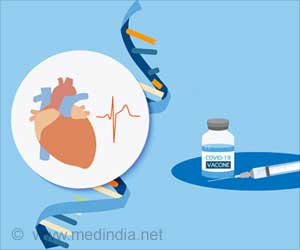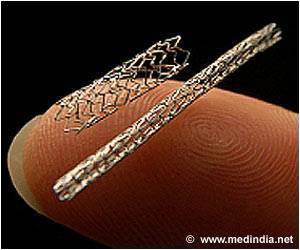A new method tested in mouse mouse heart attack model — doubled the engraftment rate of the injected stem cell-derived cardiomyocytes, said researchers.

TOP INSIGHT
Functionally competent DNA damage-free induced pluripotent stem cell-derived cardiomyocytes for myocardial repair.
However, the ability of the delivered cells to remuscularize the heart and improve cardiac function depends on the quality of those cells. A challenge has been low rates of engraftment by the transplanted cells.
In a research letter in the journal Circulation, co-senior authors Ramaswamy Kannappan, Ph.D., and Jianyi “Jay” Zhang, M.D., Ph.D., say their robust approach to select functionally competent, intact-DNA cells from a heterogeneous population can be easily adopted in clinical settings to yield cells that are better able to repopulate the ischemic myocardium and improve the performance of a failing heart.
Zhang is chair of UAB Biomedical Engineering, a joint department of the UAB School of Medicine and School of Engineering, and holds the T. Michael and Gillian Goodrich Endowed Chair of Engineering Leadership. Kannappan is an assistant professor in the UAB Department of Biomedical Engineering.
Cardiac cell transplantation requires millions of stem cells or their differentiated derivatives. Cell propagation under accelerated growth conditions is a common way to get these large numbers of cells; but accelerated growth causes culture stress, including lethal DNA damage. These DNA-damaged cells are not suitable for cell transplantation and have to be removed from cell preparations.
They then injected 900,000 of the derived cardiomyocytes into the border zone in the left ventricle of the mouse heart-attack model. Four weeks later, the researchers found a significantly higher engraftment rate, about 14 percent, in hearts that received the DNA damage-free cardiomyocytes. Engraftment of the control derived cardiomyocytes was about 7 percent.
Previous research by others has shown that DNA-damaged senescent cells do not undergo cell death. Instead, they remain within the tissue, with altered functions that can change the tissue microenvironment and promote aging phenotypes of other cells. This may be one explanation for the engraftment advantage of DNA damage-free derived cardiomyocytes.
The method to remove DNA-damaged cells may have wider application, Kannappan says.
“As this is a small molecule based approach to select DNA damage-free cells,” he said, “it can be applied to any type of stem cells, though selection conditions would need to be optimized and evaluated. Other stem cell approaches for diseases such as neurodegenerative diseases, brain and spinal cord injuries, and diabetes might benefit by adopting our method.”
Support came from National Institutes of Health grants HL95077, HL114120, HL131017, HL138023, HL134764 and HL118067; American Heart Association Scientist Development Grant 17SDG33670677; and startup funding from the UAB Department of Pathology.
Source-Newswise
 MEDINDIA
MEDINDIA




 Email
Email










